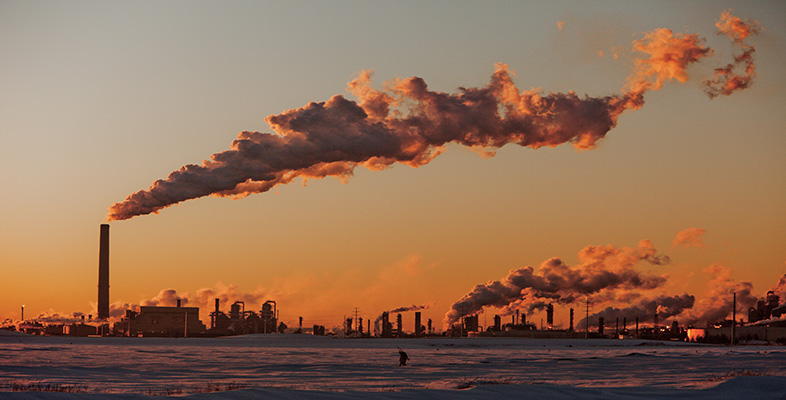7.8 Other biological pollutants
Many other forms of pollution mentioned previously could be considered as biological pollutants, e.g. algal blooms and the growth of sewage fungus. Examples that are more clearly of this type of pollution are the many species of blue-green algae, which produce substances that are toxic to terrestrial organisms and can impart tastes and odours to water.
Activity 3
a.
a. Continuously flowing organic pollutants such as domestic sewage cannot cause long-term damage to a watercourse in the way that toxic pollutants can.
b.
b. A temperature rise in a waterway leads to higher productivity but doesn’t affect the BOD.
c.
c. Effluents from fish farms can be badly polluted. Concern has arisen about these effluents mainly because they contain unconsumed food and faecal matter from fish.
d.
d. Pesticide pollution of watercourses is due solely to large-scale use of these compounds by farmers.
e.
e. Metals that are water soluble are able to bioaccumulate by diffusing across the biological membranes of organisms.
The correct answers are c and e.
Answer
Statement (e) is true. Statement (c) is also true, though concern has also arisen because fish farm effluents contain antibiotics (see Section 2).
Statement (a) is false: heavy organic loads on a watercourse can cause long-term damage to the water in the vicinity of the effluent outfall. However, recovery is more likely if pollution ceases than would be the case for toxic chemicals.
Statement (b) is false: the BOD will increase, as the metabolic rates of the microorganisms will be higher at a higher temperature.
Statement (d) is false: householders use a large quantity of pesticides in the form of herbicides and insecticides, and these can also contribute to water pollution.
Activity 4
a.
a. The toxicities of individual chemicals in a mixture can be summed up to give an overall toxicity figure. This is simpler than testing a complex mixture.
b.
b. In toxicity tests for a proposed discharge, the most sensitive species in the receiving watercourse should be used as the test organism.
c.
c. When suspended solids settle on the river bed, it is only benthic plants that are affected, as the light will not reach the leaves.
d.
d. E. coli is a species of bacterium that inhabits human intestines and is always harmless.
e.
e. Clostridium perfringens is a pathogenic bacterium that lives in the human gut and can cause food poisoning.
f.
f. Controlling the discharge of the culprit chemicals from industry will overcome the problem of endocrine disruptors.
The correct answers are b and e.
Answer
Statements (b) and (e) are true.
Statement (a) is false: there may be synergistic effects between the individual chemicals in the mixture.
Statement (c) is false: fish spawning and the ecology of invertebrates are also disrupted.
Statement (d) is false: certain strains of E. coli (e.g. E. coli O157:H7) are pathogens and can cause fatalities.
Statement (f) is false: the discharge of oestrogens, often at high levels, due to the use of contraceptive pills will still contribute to the problem.
Activity 5
Indicate the causative agent (virus, bacterium, protozoan or helminth) of each of the following diseases:
- cholera
- poliomyelitis
- typhoid
- bilharzia
- anthrax
- cryptosporidiosis.
Answer
| Cholera | bacterium |
| Poliomyelitis | virus |
| Typhoid | bacterium |
| Bilharzia | helminth |
| Anthrax | bacterium |
| Cryptosporidiosis | protozoan |
